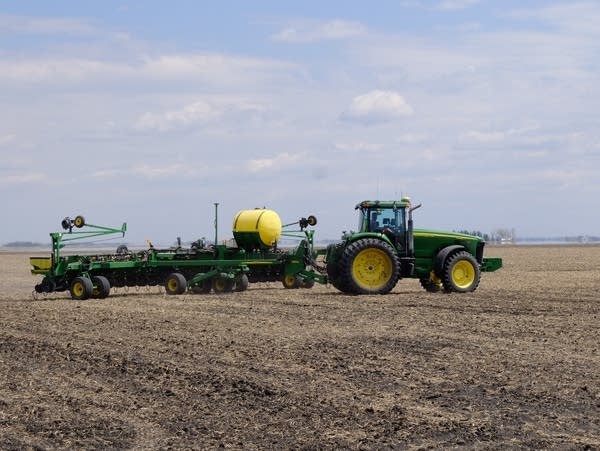'Our contingency plan is panic': Farmers enter planting season amid low prices, COVID-19
"We're just going to try to white knuckle it through 2020," said farmer Betsy Jensen.

Seventy-year-old John Jensen plants canola last May near Stephen, Minn., where he farms with his son Brian and daughter-in-law Betsy.
Dan Gunderson | MPR News 2019
Go Deeper.
Create an account or log in to save stories.
Like this?
Thanks for liking this story! We have added it to a list of your favorite stories.


